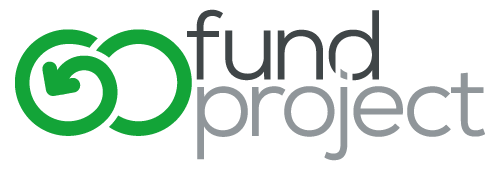Product-Led Growth (PLG): A Detailed Overview
Product-Led Growth (PLG) is a business methodology where the product itself serves as the primary driver of user acquisition, expansion, and retention. This model leverages the product to create a self-sustaining growth engine, focusing on delivering an exceptional user experience. PLG contrasts with traditional sales-led or marketing-led approaches, where human intervention and considerable marketing spend drive growth.
Key Principles of Product-Led Growth
- User-Centric Design:
- PLG companies prioritize user experience (UX) and leverage user feedback to continuously refine and improve their product. The product must deliver clear value from the first interaction.
- Self-Service Approach:
- The product should be designed so that users can easily understand and use it without extensive onboarding processes or heavy reliance on customer support. Features like tutorials, in-app guides, and intuitive design are crucial.
- Freemium Model:
- Many PLG companies offer a freemium model, providing a free version of the product that users can try before committing to a paid version. This lowers the barrier to entry and allows users to experience the product’s value firsthand.
- Viral and Network Effects:
- The product should encourage sharing, collaboration, or social validation, creating a network effect that facilitates organic growth. Features that promote referral programs, collaboration tools, or social sharing are examples of leveraging viral growth mechanisms.
- Data-Driven Decision Making:
- PLG companies rely heavily on data analytics to understand user behavior and to make informed decisions about product development, customer engagement, and growth strategies. By analyzing usage patterns, they can tailor their product to better meet user needs and drive further engagement.
Benefits of Product-Led Growth
- Lower Customer Acquisition Costs (CAC):
- By relying on the product itself to drive acquisition, PLG reduces the need for large marketing and sales budgets. Users find and adopt the product based on its merits, often through organic channels.
- Higher Customer Retention:
- When users derive value from the product quickly and regularly, retention rates improve. A great product experience increases user satisfaction and loyalty.
- Scalable Growth:
- PLG allows for exponential growth, as satisfied users become advocates who organically bring in new users. The viral and network effects embedded in the product contribute to this scalable growth trajectory.
- Improved Product-Market Fit:
- Continuous user feedback and data analytics enable fast iterations and enhancements, ensuring the product remains highly relevant and valuable to its user base.
Examples of PLG Companies
Several successful companies exemplify the PLG model:
- Slack:
- Slack’s collaboration tool spread virally within teams and across organizations primarily through word-of-mouth and user referrals. Its freemium model allowed teams to start using the tool at no cost, scaling up as they needed more functionalities.
- Dropbox:
- Known for its effective referral program, Dropbox incentivized existing users to invite friends in exchange for extra storage. This strategy significantly contributed to its growth without heavy reliance on traditional marketing.
- Zoom:
- Zoom’s easy-to-use video conferencing tool experienced rapid adoption due to its freemium model and exceptional user experience. During the COVID-19 pandemic, the product’s simplicity and reliability made it the go-to solution for virtual meetings globally.
Challenges of Implementing PLG
While PLG offers numerous advantages, implementing this model comes with its own set of challenges:
- Initial Product Development Costs:
- Creating a product that is robust, user-friendly, and able to effectively sell itself can involve significant upfront investment in research, design, and development.
- Balancing Free and Paid Features:
- Companies must carefully balance the features available in the free version with those in the paid version to provide enough value to free users while incentivizing upgrades.
- Analytics and Iteration:
- Continuous monitoring, analysis, and iteration based on user feedback and behavior data are critical. This requires a strong capability in data analytics and agile development processes.
Product-Led Growth represents a shift towards a more user-centric approach in business strategy. By focusing on delivering a product that users love and find intrinsically valuable, companies can achieve sustainable and scalable growth. The PLG model empowers businesses to reduce acquisition costs, improve retention, and continuously align their product with market demands, ultimately driving long-term success.

